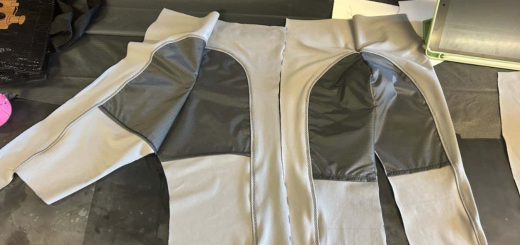Extra cancer screening could help pick up early cases in dense breasts
Dense breast tissue can make tumours hard to spot on mammogram scans, but adding another step to this screening programme could help identify such cases
By Carissa Wong
21 May 2025
Dense breast tissue and tumours appear similar on scans, which can make the latter hard to identify
Gorodenkoff/Shutterstock
If you have dense breast tissue, you could benefit from an extra round of cancer screening, according to a large trial that found this caught tumours that were missed in standard mammograms.
The UK’s health services offer mammograms, a form of X-ray scan, between the ages of 50 and 71 in order to screen for breast cancer. These look for white growths that are indicative of cancer. But about half of women in this age group have dense breasts, meaning they have a high proportion of fibrous and glandular tissue, which also shows up as white on the scans. This can make tumours harder to spot in these individuals.
Read more
We are finally improving prostate cancer diagnoses – here's how
Advertisement
“The problem with dense breasts is we see cancers too late, then they are too big and this leads to an unfavourable prognosis,” says Thomas Helbich at the Medical University of Vienna in Austria, who wasn’t involved in the trial.
To see if additional screening could address this, Sarah Vinnicombe at the University of Dundee, UK, and her colleagues recruited more than 6000 women aged 50 to 70 from across the UK who had dense breasts and whose mammograms came back clear in their most recent screening. The researchers randomly split the participants into three groups that received additional screening in the form of either an MRI, an ultrasound or an advanced form of X-ray scan called contrast-enhanced mammography.
The extra screening collectively detected 85 small tumours, with MRI and contrast-enhanced mammography detecting three times more tumours than ultrasound. Twelve of these tumours were contained within milk ducts and so were unlikely to spread beyond the breast. But the remaining 73 tumours were invasive, when cancer cells have grown through the lining of the ducts into the surrounding breast tissue and then have greater potential to spread further.


